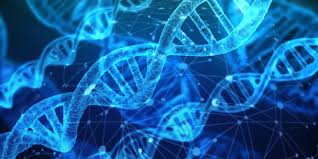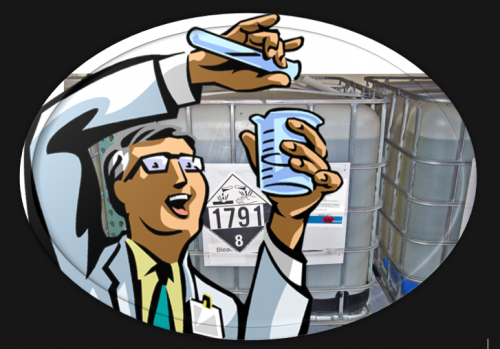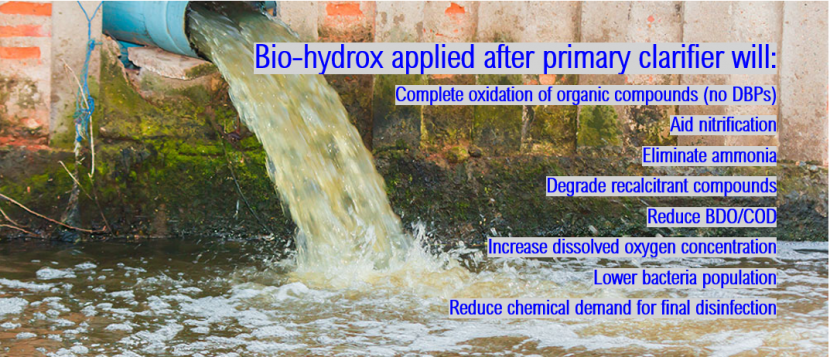ENHANCED FREE CHLORINE CONVERSION
Posted onChloramine is an effective disinfectant that provides long-lasting chlorine residual. A free chlorine conversion, or “chlorine burn”, is a tool for control of biological growth in distribution systems and is necessary when a water system that typically uses chloramine have excess ammonia, due to premature loss of chlorine residual by established biofilms, which can serve as a food source for nitrifying bacteria. This scenario can make it difficult for public water systems to maintain an appropriate disinfectant residual.
A free chlorine conversion eliminates the ammonia and uses only chlorine to disinfect the water. It is a common practice as a preventative strategy to maintain the system cleaner or to reduce biofilm and nitrifying bacteria so that a satisfactory disinfectant residual can be maintained, avoiding negative impact on water quality.
There are however disadvantages in the chlorine conversion process. All of which, can be avoided by enhancing the chlorine burn process with the addition of Bio-hydrox’s advanced oxidation catalyst:
- Significant reduction of disinfection by-products
- Evade chlorine taste and odor issues
- Immediate elimination of ammonia
- Faster and better removal of biofilm
- More effective disinfection and quicker system cleanup with less amount of chlorine
- With less chlorine, treatment is less corrosive to the pipes
- The system will be able to maintain a chlorine residual longer
The combination of chlorine with Bio-hydrox and ORP monitoring for continuous evaluation in real-time can help to complete the process in a few days, rather than weeks:
At an ORP of 350 mV and above: There is no nitrification taking place.
At an ORP of 500 mV and above: There is no ammonia
At an ORP of 700 mV and above: There are no microorganisms
PUT US TO THE TEST! #biohydroxchallenge




